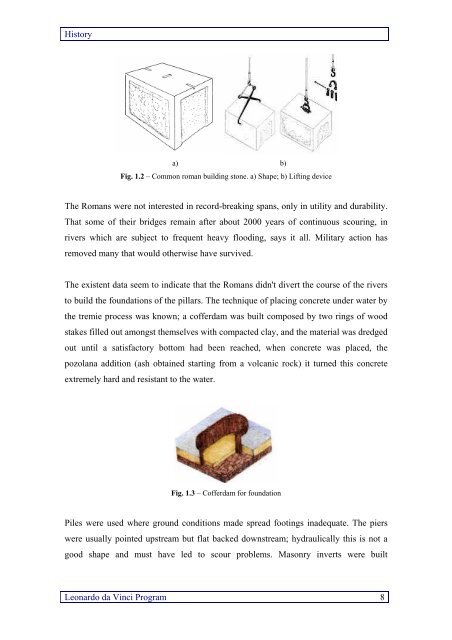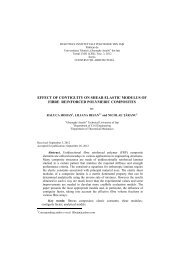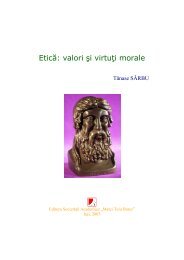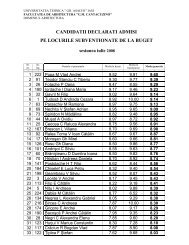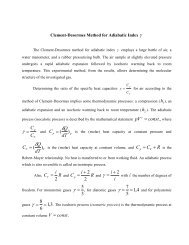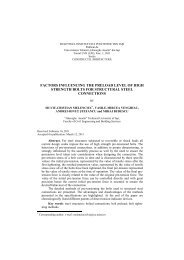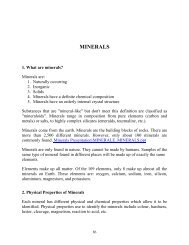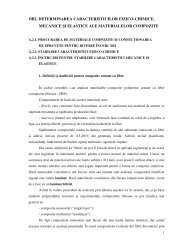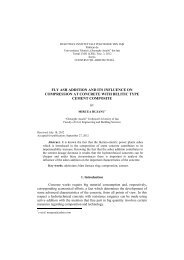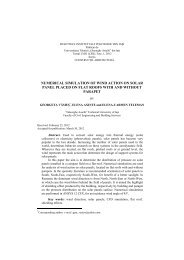STRENGTHENING OF STONE MASONRY ARCH BRIDGES THREE ...
STRENGTHENING OF STONE MASONRY ARCH BRIDGES THREE ...
STRENGTHENING OF STONE MASONRY ARCH BRIDGES THREE ...
You also want an ePaper? Increase the reach of your titles
YUMPU automatically turns print PDFs into web optimized ePapers that Google loves.
History<br />
a) b)<br />
Fig. 1.2 – Common roman building stone. a) Shape; b) Lifting device<br />
The Romans were not interested in record-breaking spans, only in utility and durability.<br />
That some of their bridges remain after about 2000 years of continuous scouring, in<br />
rivers which are subject to frequent heavy flooding, says it all. Military action has<br />
removed many that would otherwise have survived.<br />
The existent data seem to indicate that the Romans didn't divert the course of the rivers<br />
to build the foundations of the pillars. The technique of placing concrete under water by<br />
the tremie process was known; a cofferdam was built composed by two rings of wood<br />
stakes filled out amongst themselves with compacted clay, and the material was dredged<br />
out until a satisfactory bottom had been reached, when concrete was placed, the<br />
pozolana addition (ash obtained starting from a volcanic rock) it turned this concrete<br />
extremely hard and resistant to the water.<br />
Fig. 1.3 – Cofferdam for foundation<br />
Piles were used where ground conditions made spread footings inadequate. The piers<br />
were usually pointed upstream but flat backed downstream; hydraulically this is not a<br />
good shape and must have led to scour problems. Masonry inverts were built<br />
Leonardo da Vinci Program 8


